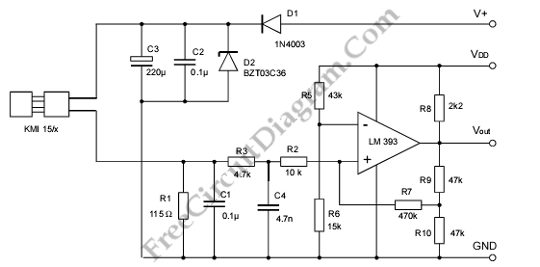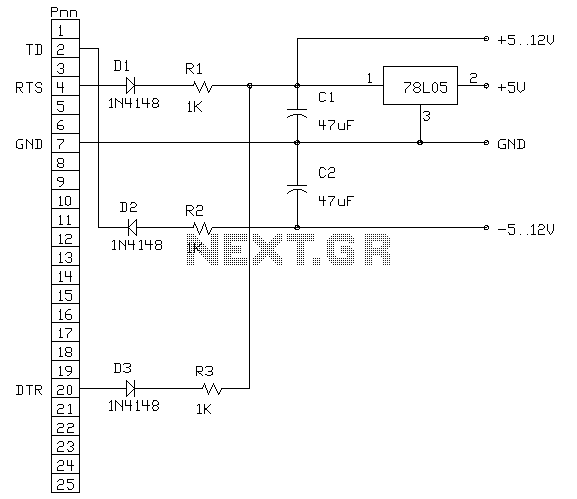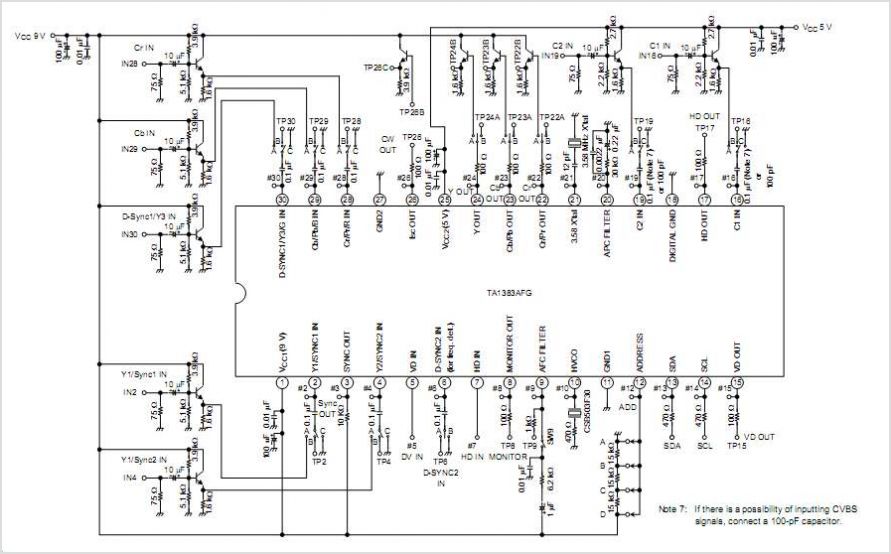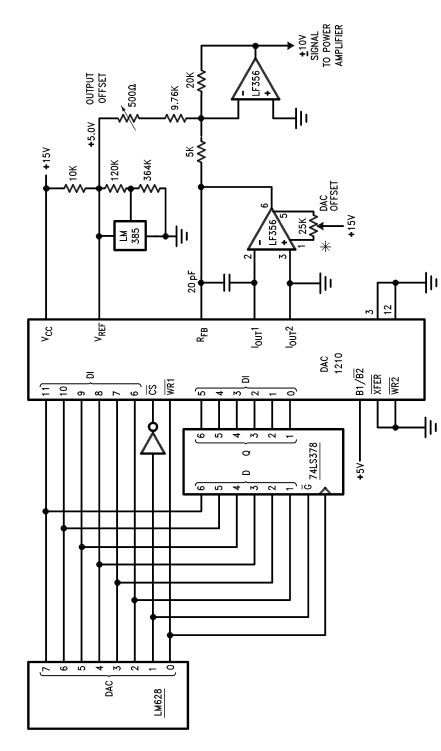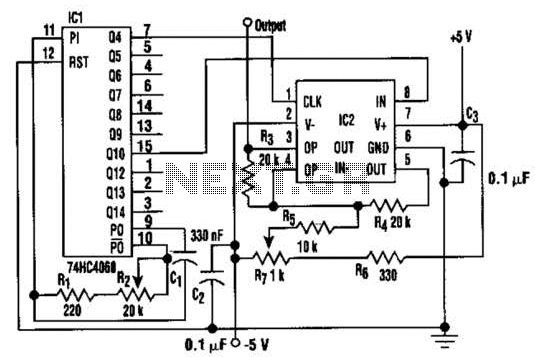
radio frequency rf watt meter circuit

This circuit is designed for an RF (radio frequency) transmitter experiment, where a watt meter is instrumental in optimizing the transmitter circuit. A simple RF watt meter circuit is illustrated in the schematic diagram below. The circuit is not frequency sensitive, allowing for accurate calibration across all HF bands. Sensitivity is influenced by the meter movement, the number of turns in the primary coil, and the resistive voltage driver. The system includes adjustable potentiometers for full-scale values ranging from 1 to 14 watts, as indicated in the diagram. Capacitors C1 and C2 have values ranging from 3 to 20 pF. The diodes used can be 1N34A, 1N60, or equivalent. Inductor L1 consists of 46 turns of No. 28 wire wound on an Amidon T-50-2 toroid, with 2 turns of No. 22 wire connected between the ends of L1 to form L2. A resistive dummy load should be connected to one coax receptacle, while the RF power source is connected to the other receptacle for adjustment, with resistor R2 set to maximum resistance. The highest meter reading can be established as the forward (FWD) position by placing the switch in the upper position. Switching to the other position, referred to as the REF position, allows for null reading adjustments using C1. By reversing the RF source and load while keeping the switch in the FWD position, C2 can be adjusted for null. This process completes the calibration of the wattmeter.
The RF watt meter circuit serves as a critical tool for evaluating and optimizing RF transmitter performance. Its design allows for versatility across various HF bands, providing reliable measurements regardless of frequency. The circuit's sensitivity is a key factor; it is primarily determined by the mechanical characteristics of the meter movement, the inductive coupling through the primary coil, and the resistive voltage divider that influences the voltage drop across the meter.
The inclusion of adjustable potentiometers enables users to scale the watt meter's output to specific wattage ranges, enhancing usability for different transmitter power levels. The capacitors C1 and C2 play a vital role in tuning the circuit to achieve precise measurements, allowing for the fine-tuning of the watt meter's response. The specified diodes, 1N34A and 1N60, are chosen for their low forward voltage drop and fast switching capabilities, ensuring accurate rectification of the RF signals.
The inductor L1, constructed with 46 turns of No. 28 wire, provides the necessary inductance for the RF watt meter's operation. The additional 2 turns of No. 22 wire create a secondary inductor L2, which may assist in achieving the desired impedance matching and signal coupling.
The calibration process outlined in the description is crucial for ensuring the accuracy of the watt meter. By adjusting the circuit components as specified, users can achieve a null reading, confirming that the meter is correctly calibrated to reflect the power levels being transmitted. This calibration not only enhances measurement accuracy but also contributes to the overall efficiency of the RF transmitter system. Proper implementation of this circuit can lead to improved performance and reliability in various RF applications.This is a circuit for RF (radio frequency) transmitter experiment, watt meter is useful for optimizing the transmitter circuit. A simple RF watt meter circuit is shown in the schematic diagram below. Because circuit is not frequency sensitive, calibration is accurate on all HF bands. The sensitivity is affected by meter movement, number of turns i n primary coil, and resistive voltage driver. This is the figure of the system; Pots can be adjusted for full-scale values from 1-14 W with values shown on the diagram. C1 and C2 are 3-20 pF. Diodes are 1N34A, 1N60, or equivalent. L1 is 46 turns No. 28 on Amidon T-50-2 toroid, with 2 turns No. 22 between ends of L1 for L2. Connect resistive dummy load to one coax receptacle and RF power source to other to adjust, with R2 at maximum resistance.
We can provide highest meter reading and make that the FWD position with place the switch on the upper position. Switch to other position, which becomes REF, and for null reading, adjust C1. Reverse RF source and load, leaving switch at FWD, and adjust C2 for null. Now, we can calibrated the Wattmeter. 🔗 External reference
The RF watt meter circuit serves as a critical tool for evaluating and optimizing RF transmitter performance. Its design allows for versatility across various HF bands, providing reliable measurements regardless of frequency. The circuit's sensitivity is a key factor; it is primarily determined by the mechanical characteristics of the meter movement, the inductive coupling through the primary coil, and the resistive voltage divider that influences the voltage drop across the meter.
The inclusion of adjustable potentiometers enables users to scale the watt meter's output to specific wattage ranges, enhancing usability for different transmitter power levels. The capacitors C1 and C2 play a vital role in tuning the circuit to achieve precise measurements, allowing for the fine-tuning of the watt meter's response. The specified diodes, 1N34A and 1N60, are chosen for their low forward voltage drop and fast switching capabilities, ensuring accurate rectification of the RF signals.
The inductor L1, constructed with 46 turns of No. 28 wire, provides the necessary inductance for the RF watt meter's operation. The additional 2 turns of No. 22 wire create a secondary inductor L2, which may assist in achieving the desired impedance matching and signal coupling.
The calibration process outlined in the description is crucial for ensuring the accuracy of the watt meter. By adjusting the circuit components as specified, users can achieve a null reading, confirming that the meter is correctly calibrated to reflect the power levels being transmitted. This calibration not only enhances measurement accuracy but also contributes to the overall efficiency of the RF transmitter system. Proper implementation of this circuit can lead to improved performance and reliability in various RF applications.This is a circuit for RF (radio frequency) transmitter experiment, watt meter is useful for optimizing the transmitter circuit. A simple RF watt meter circuit is shown in the schematic diagram below. Because circuit is not frequency sensitive, calibration is accurate on all HF bands. The sensitivity is affected by meter movement, number of turns i n primary coil, and resistive voltage driver. This is the figure of the system; Pots can be adjusted for full-scale values from 1-14 W with values shown on the diagram. C1 and C2 are 3-20 pF. Diodes are 1N34A, 1N60, or equivalent. L1 is 46 turns No. 28 on Amidon T-50-2 toroid, with 2 turns No. 22 between ends of L1 for L2. Connect resistive dummy load to one coax receptacle and RF power source to other to adjust, with R2 at maximum resistance.
We can provide highest meter reading and make that the FWD position with place the switch on the upper position. Switch to other position, which becomes REF, and for null reading, adjust C1. Reverse RF source and load, leaving switch at FWD, and adjust C2 for null. Now, we can calibrated the Wattmeter. 🔗 External reference
